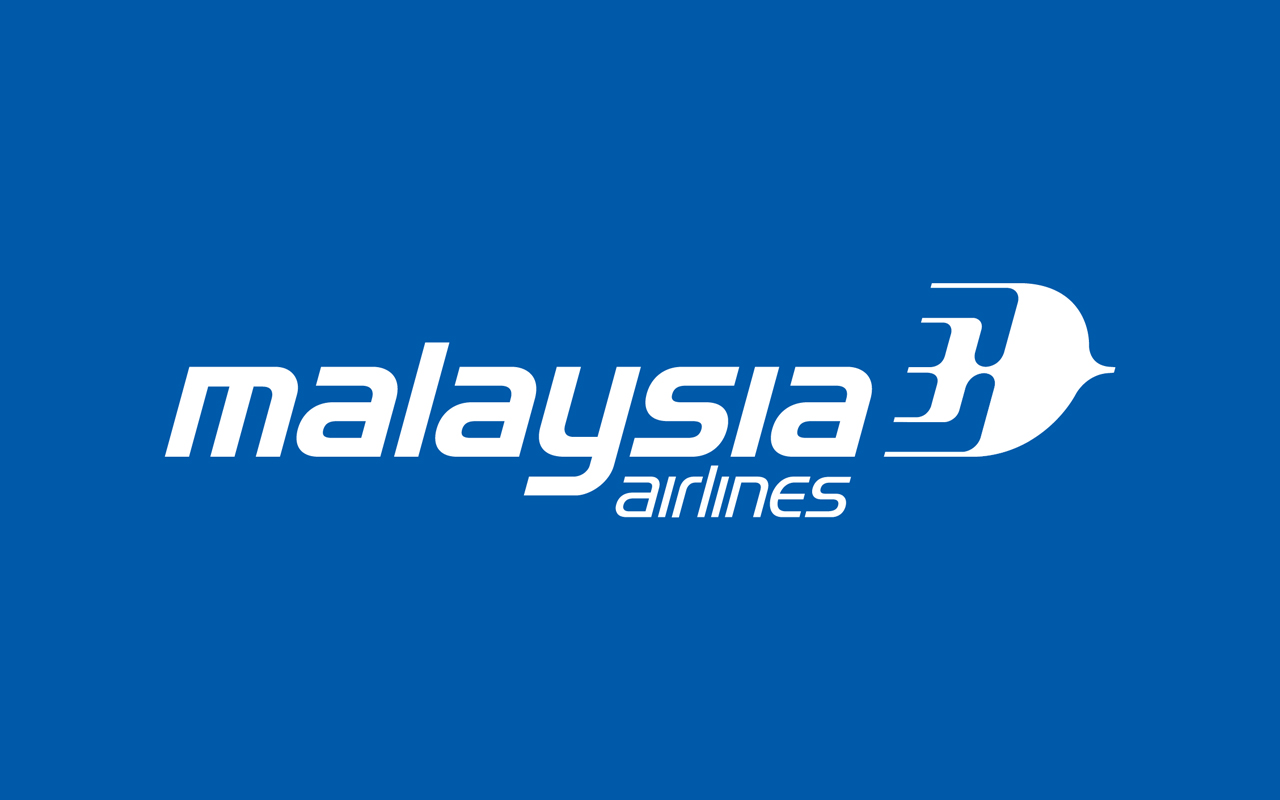Izham explained that the plan is to restructure MAS’ balance sheet over five years, and break-even in 2023. The latter is within the assumption that demand in domestic and Southeast Asian markets will return to optimum levels by the second and third quarters of 2022. The plan will also require a fresh cash injection from the company’s shareholder, state fund Khazanah Nasional, in order to aid the airline over the next 18 months. According to a report by Reuters, the state fund said that it is supportive of the restructuring efforts by Malaysia Airlines but that if they proved unsuccessful, it would need to evaluate options on how to maintain connectivity for Malaysia.
The CEO added that Malaysia Airlines’ restructuring is also relying on the consent from leasing companies. “There are creditors who have agreed already. There are others still resisting, and another group still 50:50,” he said in an interview with The Edge weekly. “I need to get the 50:50 ones (on board) with those who have agreed. I understand quite a sizable amount of creditors have agreed.” Izham said the lessors will need to make a decision by Oct 11, so that the airline can decide whether to proceed with its restructuring plan or “execute Plan B”. According to the CEO, Plan B could involve shifting MAS’ air operator’s certificate (AOC) to a new airline under a different name. Options include the airlines’ sister companies Firefly and MASwings. “If you ask me, is Plan B credible? Of course, it is,” Izham said to Reuters. “We have all the skills sets in place.” (Source: CNA / Reuters [1] [2] [3])
